Why Your Head Might be Hurting
WEST ORANGE, Nj — Frequent complaints from many students and teachers about unusual tiredness, headaches and other symptoms prompted The Pioneer to investigate the source of these issues. With many indicators pointing to poor indoor air quality (IAQ), The Pioneer enlisted West Orange High School Fight For Green club members, Pepper Powell, Edgar Jovel and Marlon Downer-Blake, to help with the investigation.
According to the New Jersey Department of Labor, the level of Carbon Dioxide (CO2) is a strong indicator of whether a building suffers from Sick Building Syndrome, where individuals experience health problems or discomfort from working indoors with insufficient ventilation. Those who work in a sick building usually feel better as soon as they move outside to fresh air.
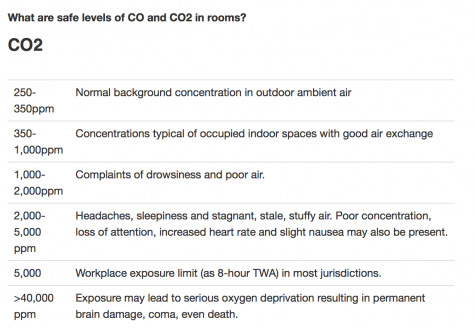
A prominent manufacturer and supplier of portable environmental testing equipment, Kane, advises on their FAQ webpage that when CO2 levels climb above 1,000 parts per million (ppm), people often experience drowsiness and other symptoms like the ones described frequently by WOHS students and staff. Levels above 2,000 ppm can lead to poor concentration, loss of attention, headaches, nausea, and an increased heart rate.
Starting in January 2018, the Fight For Green Club used a Vernier CO2 Gas Sensor to test for CO2 in classrooms in all three buildings at WOHS, along with the Library Media Center (LMC) and the LMC computer lab.
To the dismay of the Fight For Green Club, the data showed that in some rooms, the CO2 levels reached 1,000 ppm before students had even arrived. Since CO2 levels increase as people exhale, the CO2 levels rose throughout the day as more students occupied the rooms. Many classrooms exceeded 2,000 ppm and some topped out at over 4,000 ppm.
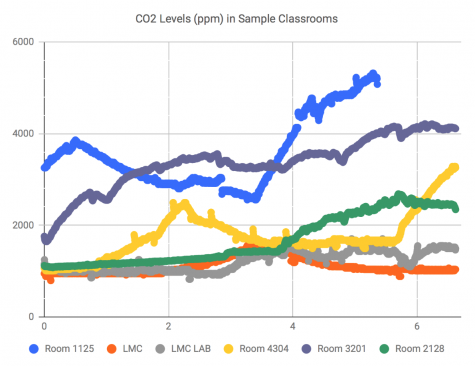
One classroom had a CO2 level in excess of 5,000 ppm. The Pioneer later learned of a student who had fainted during class time in that room prior to the start of this investigation. While The Pioneer cannot confirm that the fainting incident was a direct result of high CO2 levels, one potential cause of fainting is a lack of oxygen to the brain.
The WOHS campus is comprised of 3 attached buildings. The CO2 test results suggest that many of the heating, ventilation and air conditioning (HVAC) systems in the Tarnoff building, the newest, operate inefficiently. Conforti and Pleasant Valley Way (PVW) are older buildings that utilize ventilators, not HVAC systems. The CO2 test results suggest that these older units are either not functioning optimally or they are inadequate to meet the demands of these buildings.
The West Orange 2016-2017 district budget includes “support [of] capital projects including HVAC rooftop replacements at WOHS and Roosevelt Middle School.”
The Pioneer was unable to confirm completion of this work as a District Buildings and Ground representative declined an interview. Under the 2017-2018 budget, there is no mention of the HVAC systems at all.
In their five-year strategic plan, as presented at the Nov. 23, 2016 Board of Education meeting, the BOE listed action plans to improve student achievement and to update facilities in support of 21st-century learning. The technology was updated; however, student achievement has not risen accordingly based on the New Jersey Department of Education School Performance Report, which indicates all areas except English are in need of improvement. The CO2 test results suggest the environment might be a factor.
The Pioneer surveyed 63 students from the tested classrooms about the air quality in those rooms. Approximately 75% indicated that when they are in those rooms, it is sometimes hard to keep their eyes open. Of those surveyed, approximately 25% often experience poor concentration, headaches, sleepiness, stale air, and fatigue. While many factors can contribute to these symptoms, students who reported difficulties staying alert and concentrating most frequently were all in rooms that tested high for CO2.
According to her research on the “association between substandard classroom ventilation rates and students’ academic achievement,” Dr. R. Shaughnessy of the University of Tulsa, Indoor Air Program states, “The results of this study suggest that increasing the ventilation rates toward recommended guideline ventilation rates in classrooms should translate into improved academic achievement of students.”
The New Jersey Administrative Code (NJAC) adheres to the Public Employees Occupational Safety and Health (PEOSH) program standards for Indoor Air Quality (IAQ). This standard is used for public facilities, which includes public schools.
The PEOSH “Public Employer’s Guide to Compliance with the Indoor Air Quality Standard” states, “The IAQ standard requires that employers identify staff (Designated Person) who will be responsible for compliance with all aspects of the standard. The Designated Person should be in a position of authority and have the ability to effectively communicate with staff, management, and maintenance staff or contractors.”
Under the PEOSH IAQ standard, CO2 levels should not exceed 1,000 parts per million (ppm). In the West Orange Public Schools, the Director of Buildings and Grounds, Robert Csigi, is responsible for checking and maintaining the ventilators and HVAC units to ensure that they are in operating order and that all buildings without an HVAC system have accessibility to operable windows, doors and vents that allow for fresh air circulation. If those standards are not met, Csigi is responsible for replacing and repairing anything damaged or inoperable when appropriate.
When asked for comment, West Orange Board of Education President, Ronald Charles issued the following statement, “The West Orange Board of Education’s top priority is the safety and security of the students, teachers and staff. This includes safe and healthful facilities. The board will be establishing a safety and security committee in March 2018 to ensure all our facilities meet the Standards directed by law. The committee’s charge will to work (sic) in conjunction with the Buildings and Grounds Department, the administration, staff and the student body on any concerns regarding safety and security. The committee will look to address any concerns proactively and deliver solutions.”
While there are no legal ramifications, if an employer fails to meet the IAQ standard, the PEOSH program recommends that when temperature and CO2 levels fall outside of acceptable levels, employers should attempt to improve the air quality.



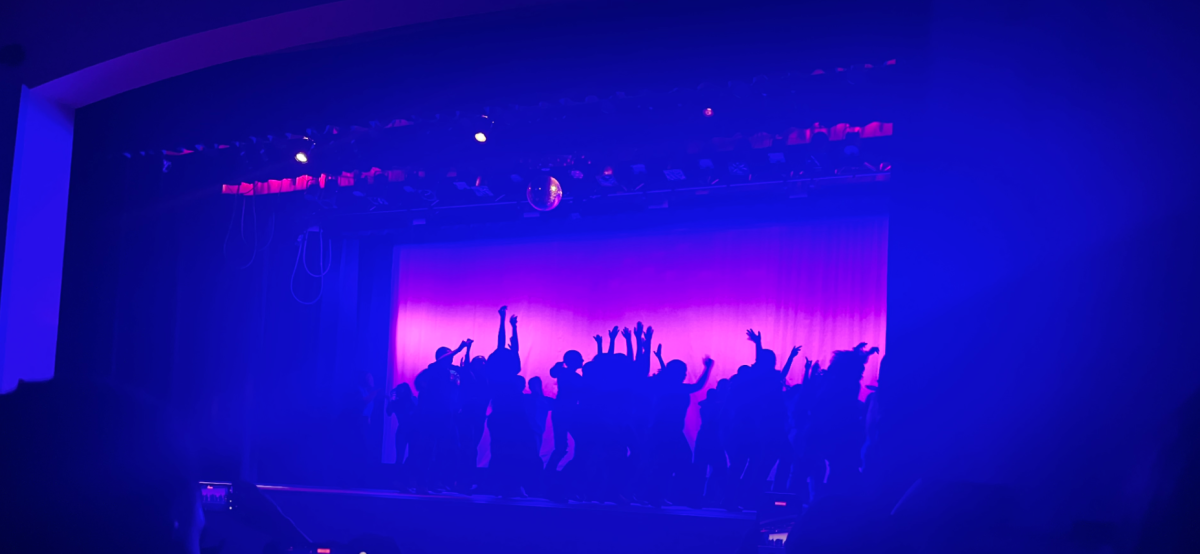




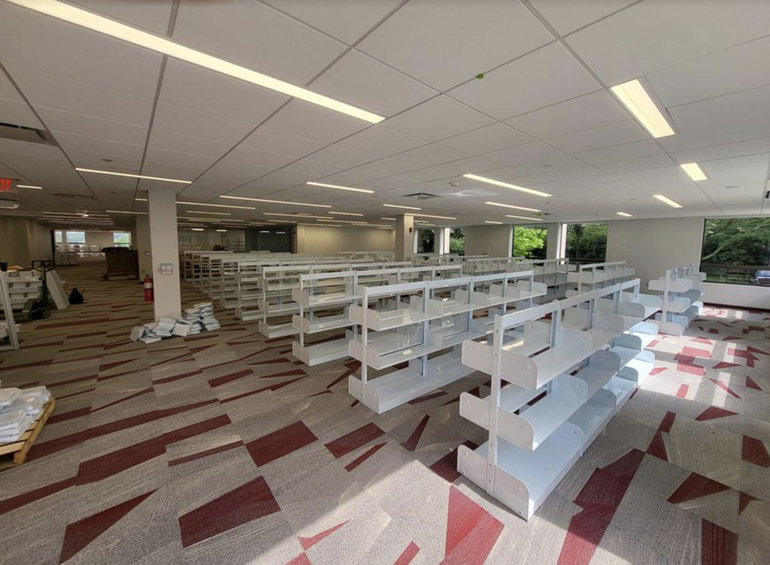


















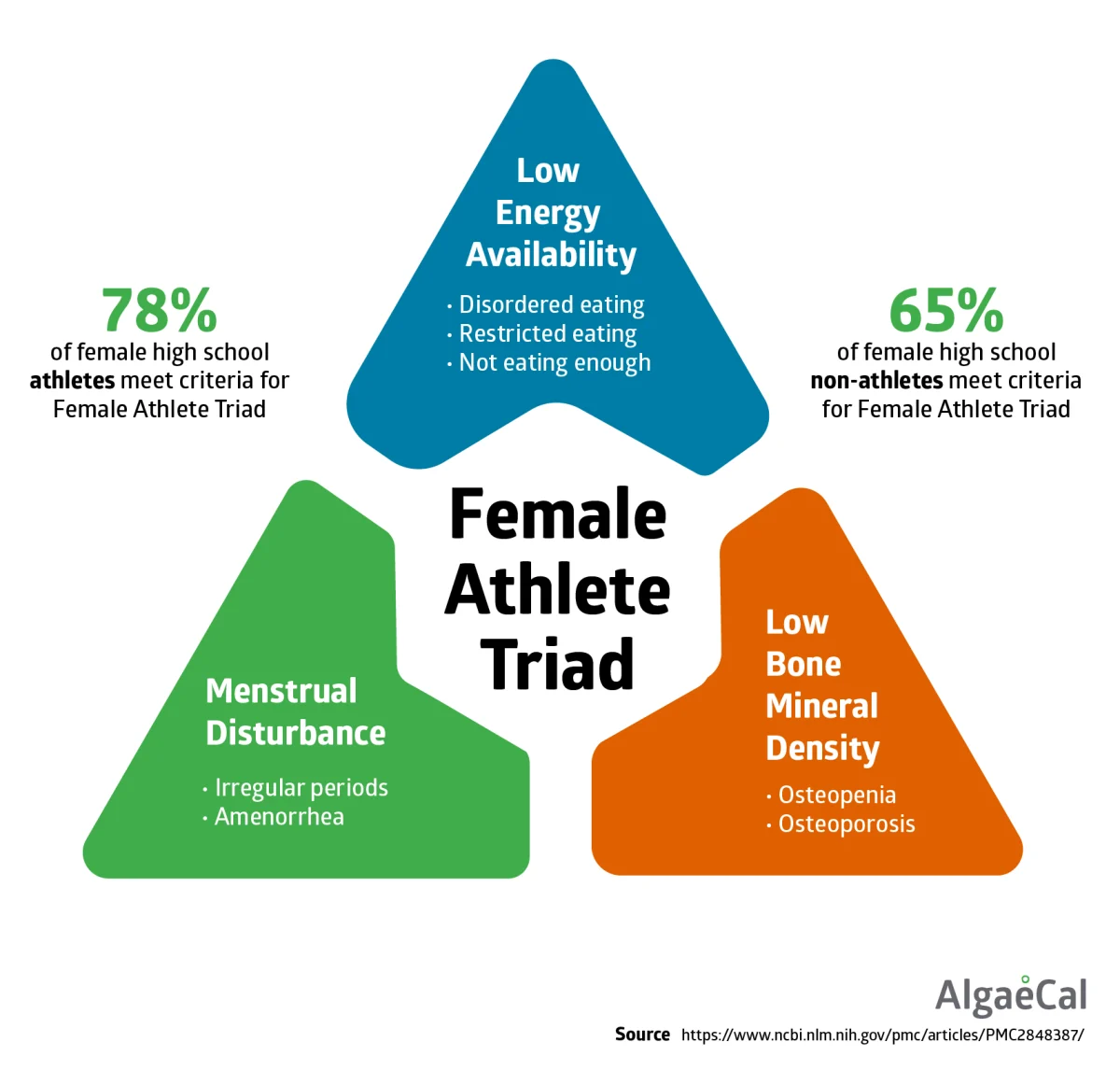



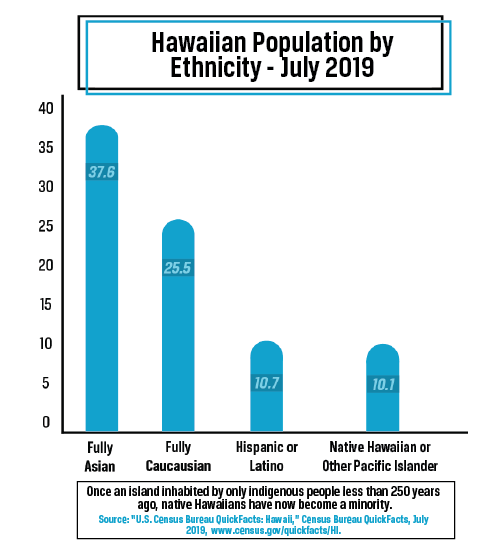


















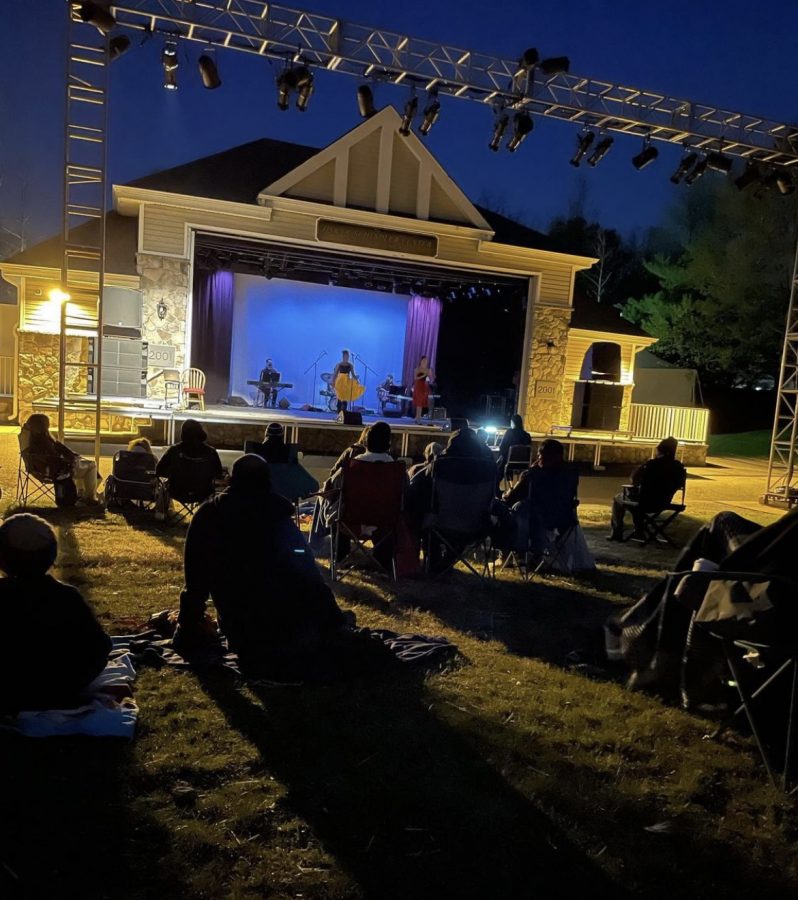


















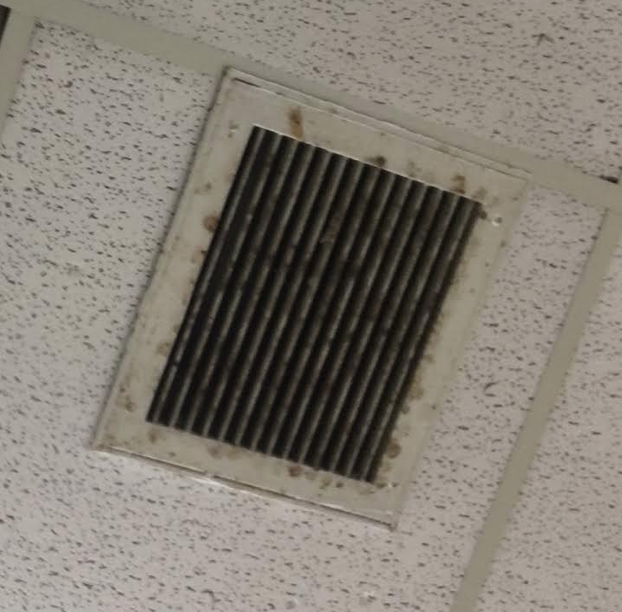









Henry • Mar 6, 2018 at 6:46 pm
Nice Work bANaNnA.
Sara Schwartz • Mar 6, 2018 at 5:21 pm
This is a very informative and well researched piece of journalistic reporting! I hope it is the catalyst for proactive solutions! Well done Anna Favetta! I look forward to enjoying more of your work in the near future!